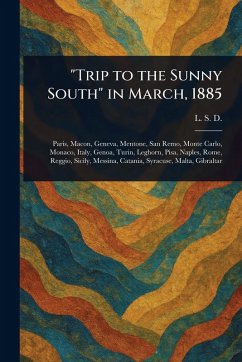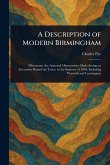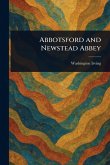Embark on a journey to the sun-drenched Mediterranean with "Trip to the Sunny South in March, 1885," a captivating work of 19th-century travel writing by L. S. D. This historical account offers a fascinating glimpse into the Mediterranean region as experienced through the eyes of a traveler in 1885. Explore the landscapes and cultures of the Mediterranean, with a focus on Italy, through vivid descriptions and insightful observations. This meticulously prepared republication preserves the authentic voice of the original author, providing a unique window into a bygone era of European travel. Perfect for enthusiasts of historical travel narratives and those with a passion for the Mediterranean, "Trip to the Sunny South in March, 1885" invites you to rediscover the allure of this timeless region and experience a journey through history. This book falls under the History & Geography category. This work has been selected by scholars as being culturally important, and is part of the knowledge base of civilization as we know it. This work is in the public domain in the United States of America, and possibly other nations. Within the United States, you may freely copy and distribute this work, as no entity (individual or corporate) has a copyright on the body of the work. Scholars believe, and we concur, that this work is important enough to be preserved, reproduced, and made generally available to the public. We appreciate your support of the preservation process, and thank you for being an important part of keeping this knowledge alive and relevant.
Bitte wählen Sie Ihr Anliegen aus.
Rechnungen
Retourenschein anfordern
Bestellstatus
Storno









